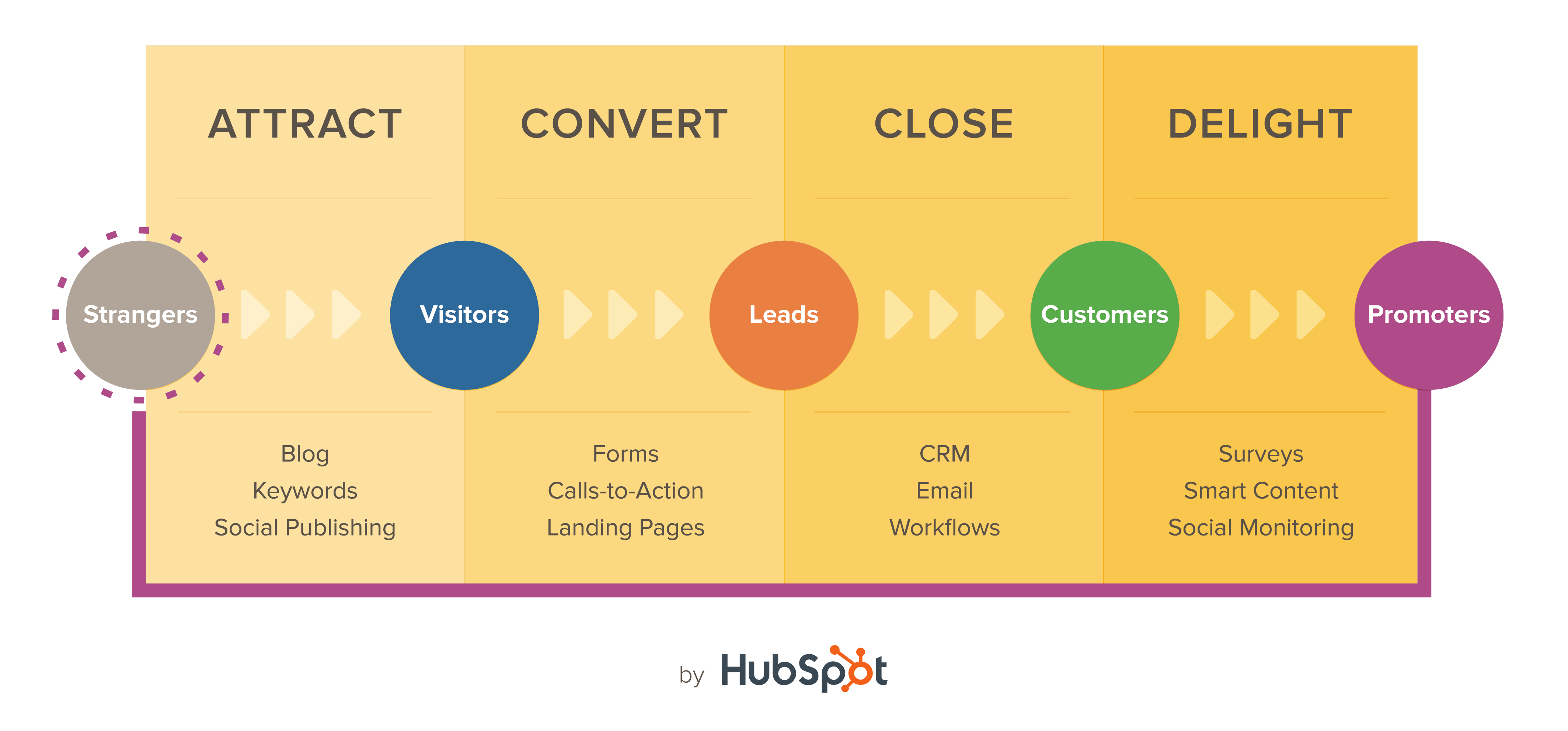 New technologies such as AI, analytics, machine learning, robotics, and the Internet of Things (IoT) - the hallmarks of Industry 4.0 - are fundamentally changing the manufacturing industry. These new technologies are essentially digitizing the entire industry.
New technologies such as AI, analytics, machine learning, robotics, and the Internet of Things (IoT) - the hallmarks of Industry 4.0 - are fundamentally changing the manufacturing industry. These new technologies are essentially digitizing the entire industry.
These changes are forcing manufacturing executive teams to rethink their go-to-market strategies including how they sell their products to the role of the channel in this emerging paradigm.
The Ugly Truth about Traditional Manufacturer Marketing
Many B2B manufacturers have not revamped their marketing strategies in years. They have relied on event marketing, a basic website that is outdated, a direct sales call, and content that has highlights the technical specs of products.
This strategy will no longer work in this new era. Consumer buying behavior has fundamentally changed the way people buy in B2B. Depending on which stat you want to believe, anywhere from 67-94% of the B2B buying cycle is already conducted online. If it is hard to get information or buy from you, the buyer will move on to your competition.
What is inbound marketing?
Inbound marketing is a holistic data-driven approach of attracting, engaging, and delighting people to grow a business that provides value and builds trust. It helps brands attract, convert, close, and delight customers online by using content to educate prospects through the entire buying process.
The inbound methodology integrates all the available online marketing tactics into a cohesive and measurable program.
The premise of inbound marketing is that prospects will be attracted to your content and come to you rather than having marketers competing for their attention. With inbound marketing contact names are “earned” meaning prospects have come to you because they are interested in what you have to say.
The Role of Thought Leadership
Thought leaders are recognized as authorities in a specialized field. We believe that companies that rise to leadership positions excel at communicating vision and validation consistently across all channels. The key term here is consistently. The average person needs to hear your message 7 times before they can recall it – yes – 7 times!
Thought leadership is an essential part of any successful marketing strategy. It differentiates you and helps you build a more competitive reputation.
The content that you develop for inbound marketing helps you and your firm become a thought leader. Publishing a steady stream of fresh, relevant, link-worthy, SEO-optimized content that educates your audience on your thought leadership topics will help boost search engine rankings, generate inbound links and drive website traffic with new prospects.
The manufacturing industry is at the beginning of a massive transformation. While confusion exists on what Industry 4.0 is and how it will affect the entire industry, most believe the transformation has begun and are looking to be how it will change the way they conduct business.
Now is the time to establish a thought leadership position and leverage the inbound methodology to optimize how you educate your prospects, channel, and customers.
Benefits of Inbound Marketing
The benefits of inbound are many. More web traffic, more right-fit leads, more brand awareness, build trust with prospects, and a better ROI on your marketing and sales investment. In addition, you will be prepared as new business models and go-to-market strategies emerge from Industry 4.0.
He are some of couple of the benefits that will fundamentally change your entire organization.
Inbound forces you to put your customers front and center – The latest findings from the Content Marketing Institute’s (CMI) "Manufacturing Content Marketing 2019: Benchmarks, Budgets and Trends" report indicate that only 39% of manufacturing marketers have defined buying personas. That means that 61% do not truly understand whom they are selling to. 51% of the respondents in the study prioritize their sales/promotional message over the audience’s informational needs.
Inbound requires that you have a documented marketing and sales strategy – According to CMI, less than one in four manufacturing companies have a content marketing strategy. There is little value in throwing budget at marketing without first understanding what information your audience finds valuable. 45% of manufacturing marketers claim to have a strategy yet only 21% have a documented strategy.
The New Power Couple
With any new disruption, new players will emerge and firms will jockey for leadership positions. Existing titans are likely to move slower than emerging players giving the new players an opening to grab market share.
Go-to-market strategies will change as technology adoption continues in the industry. You need to be ready with a proven methodology, documented strategies, and a platform that can scale and help you pivot your go-to-market tactics rapidly.




